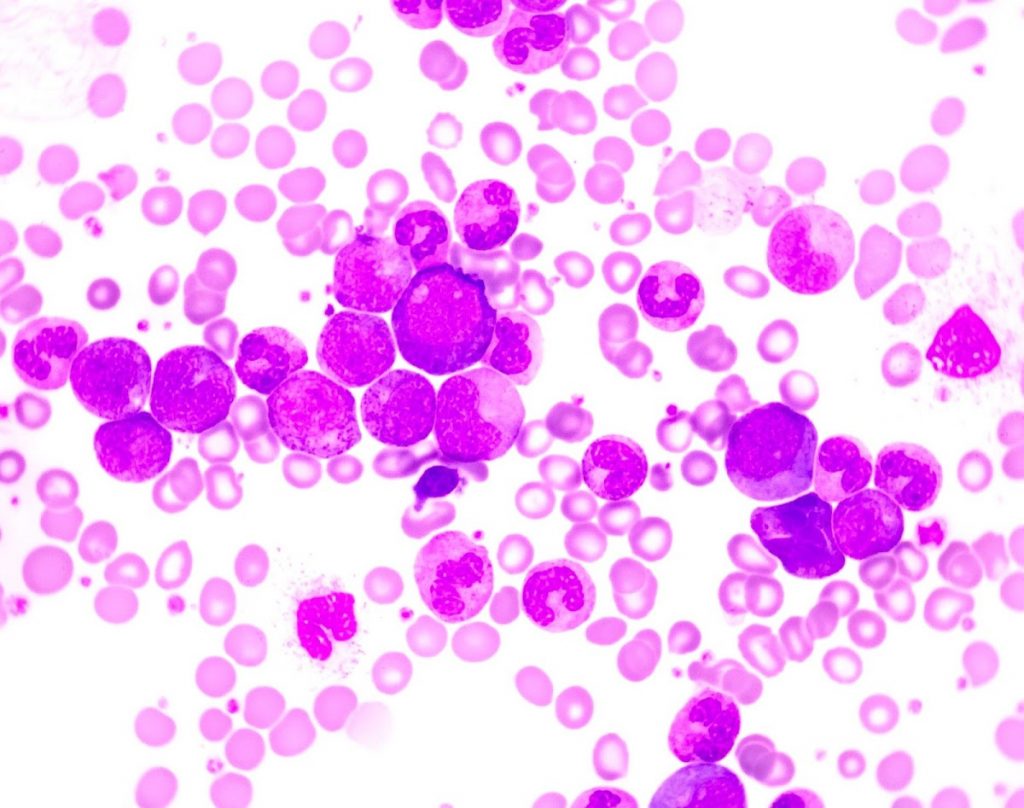What People Need to Know About Multiple Myeloma
Senior citizens are by far the most commonly diagnosed group of people for multiple myeloma. If you’re a senior, it’s important for you to know the signs, symptoms, and ways to treat this disease.
Related ads
Any form of cancer is deadly, but there are specific forms of cancer that tend to target certain demographics of the population. For instance, multiple myeloma is a rare type of cancer that targets the elderly, meaning that people above 60 are more vulnerable.
The First Indications of Multiple Myeloma
People usually are not aware of multiple myeloma. It is rare cancer that affects the body’s plasma cells. According to the Mayo Clinic, multiple myeloma results in the accumulation of cancer cells in the bone marrow. These cancer cells overpower the healthy blood cells and prevent the body from producing antibodies.
According to the American Cancer Society, multiple myeloma occurs most often in those who are above 60 years old. Other factors that can increase your chance of developing this condition are being male, obese, or African American.
However, no one is immune to multiple myeloma. Its symptoms vary depending on the progression of the condition. For instance, you may express no symptoms at all in the initial stages. But as the infected plasma cells begin to multiply, the following signs are likely to appear:
- Fatigue
- Pinched nerves
- Bone pain
- Increased bone fractures or breaks
- Weakened immune system
Diagnosing Multiple Myeloma
If you begin showing any of the symptoms described above, you should ask your doctor to screen for multiple myeloma. This is especially true for seniors over the age of 60 or anyone with a family history of this illness.
According to the Mayo Clinic, four tests need to be performed to detect multiple myeloma:
- A blood test for the blood cell count. A low blood cell count can indicate cancer.
- Imaging tests, such as MRIs or X-rays.
- Bone marrow sampling as myeloma cells are usually found first in the bone marrow.
- A urine test that will assess proteins associated with multiple myeloma.
Your doctor can suggest additional tests to determine whether it is this rare cancer or some other condition that shares symptoms with multiple myeloma.
Multiple Myeloma Treatments
Unfortunately, multiple myeloma is not curable. For now, treatment options are aimed at alleviating your physical discomfort and prolonging your life expectancy.
Related ads
Starting a treatment plan right away is the best way to attack multiple myeloma. Since this disease expresses very few symptoms early on, not many people begin treatment plans as early as they should. Individuals who delay treatment rarely live more than five years after the first myeloma cells appear. Many patients pass within four or fewer years if the cancer progresses rapidly.
Multiple myeloma causes sever bone pain, so your doctor is likely to prescribe you strong pain medications to help alleviate the pain. However, you need to be cautious while using these drugs as they’re opioid based and very addictive. Cancer patients often build up a tolerance to opioids over time, which means a continuous increase in its dosage.
However, you can also take drugs designed to target the proteins found in myeloma cells in order to increase your life expectancy. These medicines work by destroying some of the damaged cells to reduce their population. In addition, immunotherapy could be useful for this purpose as it boosts the body’s natural immune system response to fight off the tumors.
If you have multiple myeloma in its advanced stages, oncologists usually recommend chemotherapy as a last resort to kill off as many cancer cells as possible. However, chemotherapy results in collateral damage, as it destroys healthy cells and has other intense side effects.
The elderly need to be aware of the signs of multiple myeloma. You should not ignore the subtle initial signs that a majority of people don’t pay attention to. Ignoring these warning signs allows the cancer to progress and limits the ability for treatments to be effective.

